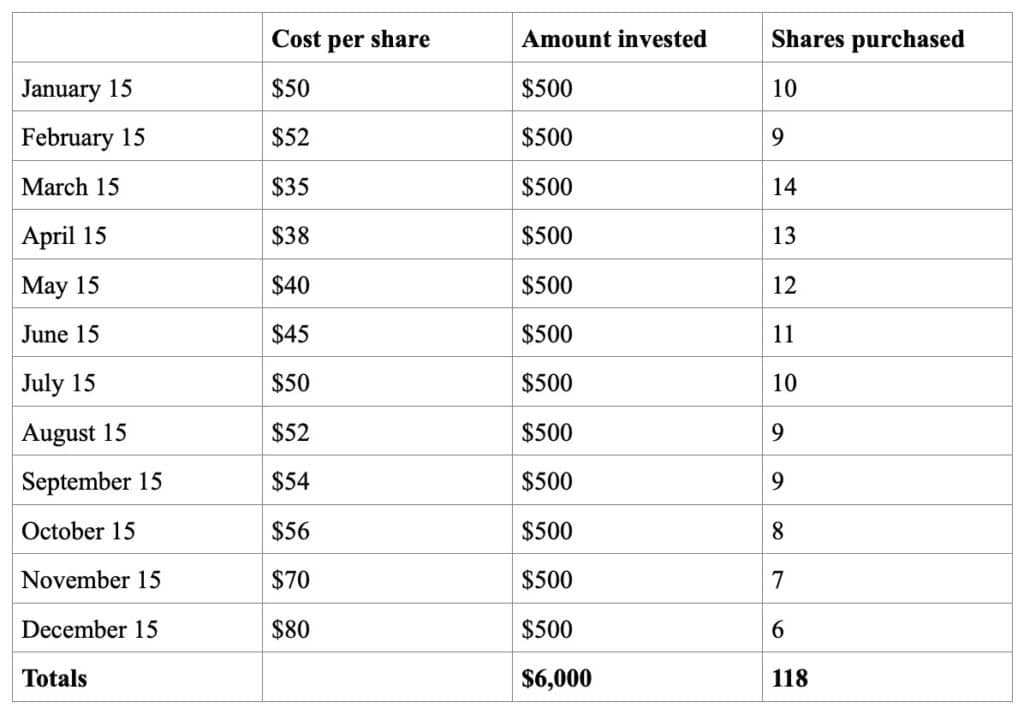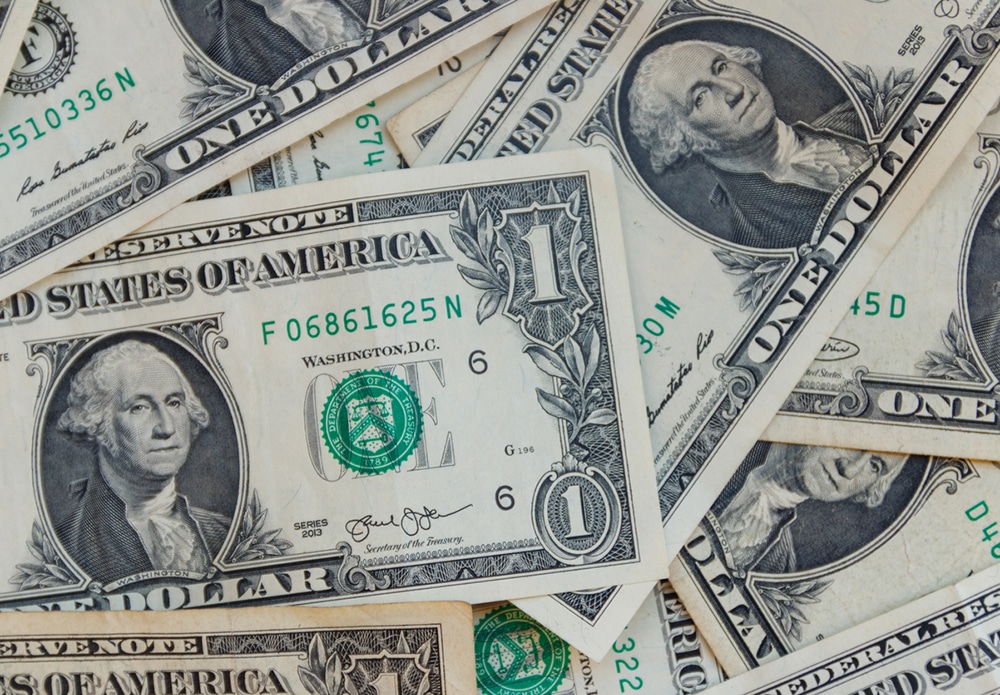When you’re in a traffic jam on the highway, you may find yourself trying to merge into whichever lane is moving fastest at the moment, only to find yourself falling behind drivers that stayed in one lane the whole time. In the same way, you may feel the urge to time the stock market, attempting to put your money in and take it out at just the right moment—a behavior that can work against you.
The market fluctuates, sometimes unpredictably, and often discipline and a steady hand are more effective than attempting a clever trading strategy. Dollar-cost averaging is a simple investing method that can help ensure that you invest regularly and buy more stock when prices are low and less when they’re expensive. The strategy helps you avoid making emotional decisions in the heat of the moment and doesn’t require that you pore over research, hoping to anticipate the next market move.
How dollar-cost averaging works
Dollar-cost averaging can potentially soften the effect of market fluctuations and allow you to take advantage of long-term trends. Rather than investing in one lump sum, you put a given amount of money in the stock market on a regular schedule regardless of the way prices are trending. When you do this, you naturally buy more stocks when prices are down and fewer when stocks are up, which can reduce your average cost per share.
Example of dollar-cost averaging
Let’s see what dollar-cost averaging looks like in action. For this example, say you’ve decided to invest $500 in the same stock on the 15th of every month. Because the price is always changing, you end up purchasing different numbers of shares from month to month. A year of investing might look like this:
In this scenario, you end up holding 118 shares of stock on December 15, for which you paid an average of $51.83 per share, far lower than the $80 stock price experienced in December. Because you kept the dollar amount the same every month, you naturally purchased more shares as the price per share dropped and fewer shares as it rose back up, winding up with a better average price.
You indeed would have paid even less if you had put all $6,000 in on March 15, when the price was lowest, but it would likely have been difficult for you to predict the stock’s 52-week low. By using dollar-cost averaging, you gave yourself an advantage, paying a low average stock price without having to time the market at all.
Disciplined investing
It can be hard to predict short-term market movements, even with sophisticated research and analysis. By making investments on a preset schedule, you reduce the potential for human behavior to adversely affect your strategy—by selling everything after a sudden drop in stock prices and locking in a loss, for example.
Instead, you’ll naturally buy the dip. That is, you’ll buy more after the price drops, lowering your average per-share cost and setting you up to take advantage of potential future gains. What’s more, if thinking about the ups and downs of the stock market makes you nervous, the consistency and simplicity of dollar-cost averaging can help you keep your emotions in check and stay focused on your long-term goals.
SOURCES
https://www.investor.gov/introduction-investing/investing-basics/glossary/dollar-cost-averaging
https://behavioralscientist.org/how-to-save-investors-from-themselves/ https://www.finra.org/investors/insights/three-things-know-about-dollar-cost-averaging

Thomas Bunting is a Financial Advisor at Winthrop Partners. He has more than 50 years of experience in accounting, financial planning, and tax planning. Prior to joining Winthrop Partners, Tom held the roles of partner, managing partner, and senior partner with a mid-sized CPA firm that provided a full range of accounting, tax and financial planning services.
Tom is a member of the American Institute of Certified Public Accountants, the Personal Financial Planning and tax sections of the American Institute of Certified Accountants, and the Pennsylvania Institute of Certified Public Accountants. He was also a former member of the AICPA governing council and a past president of the PICPA. He earned his BS in Accounting from Temple University.

